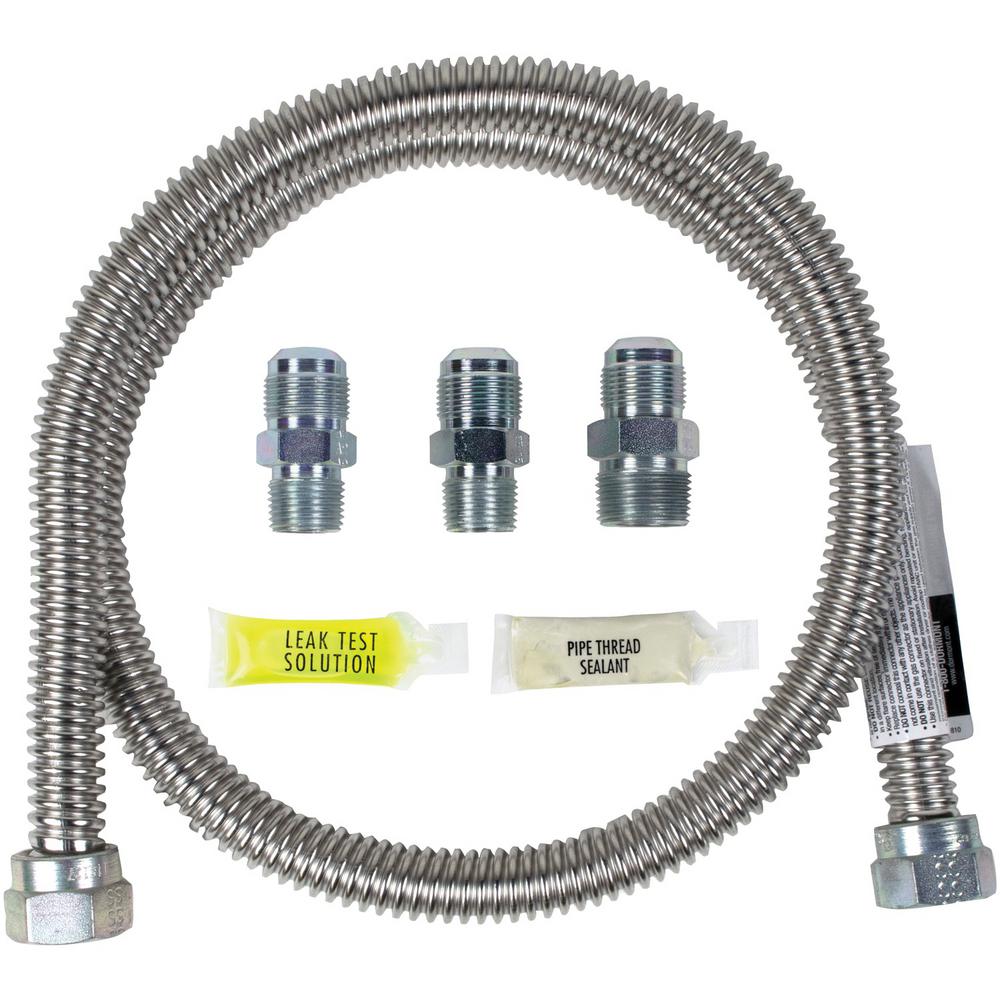Question has come up locally in regard to gas piping. In 250.104 the Code states one method of bonding allowed is :, Equipment grounding conductor for the circuit that is likely to energize the piping system.
Most of the appliances installed in this area have a short section of CSST connecting the gas hard pipe to the appliance and the assembly has a rubber washer. Does that short CSST connection still provide an adeqauate ground path for bonding the gas pipe ?
Most of the appliances installed in this area have a short section of CSST connecting the gas hard pipe to the appliance and the assembly has a rubber washer. Does that short CSST connection still provide an adeqauate ground path for bonding the gas pipe ?


